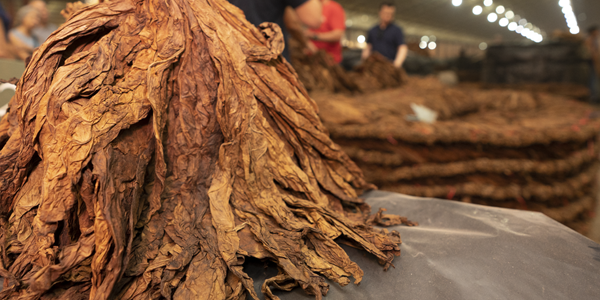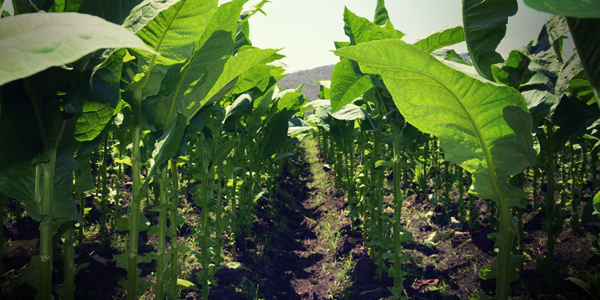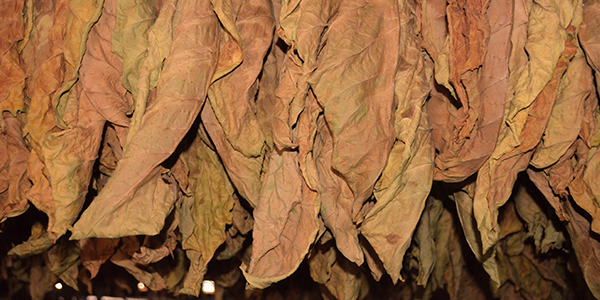What Is Cigar Tobacco Mulling?
Let’s mull this over a little. Actually, mulling it over means that you’re thinking about it a lot, or deeply. But this treatment of tobacco mulling won’t take too long.
The Meaning of Mulling
Mulling of tobacco is a step in the fermentation process that is applied to some, though usually not all, of the tobacco before it gets sent to the factory to be made into cigars.
Let’s Pile On
As you likely know, tobacco leaves are piled into what’s called a pilón. A pilón is a pile of tobacco leaves in bunches of about 10-15 of them tied together. The bunches of leaves then are left to heat in a mulling room that is between 90 and 100°F, with about 90 percent humidity. This prompts the release of chemicals, especially ammonia, in the tobacco plants. Essentially, the tobacco in this step of fermentation is “sweating out” the plants’ impurities. This process turns green leaves to yellow and brown, and sweetens the tobacco.
On the Margins
While the tobacco leaves in the middle of the pilón get the full benefit of the fermentation, reaching temperatures of 115°F, the 10-15 leaves tied in what’s called “hands” toward the edges and periphery of the pile don’t get properly heated. These are the leaves that get extra time being mulled.
On the Street
Today, mulling tobacco has acquired an additional meaning: smoking tobacco and marijuana together. The term is thought to have originated in Australia in the 1970s when a strain of cannabis was named “Mullumbimby Madness.” For example, a bowl of “mull” would be smoked. The scientific community calls this practice “co-administration of marijuana and tobacco.” This interpretation of mulling is slang and has no application in the world of premium cigars.






